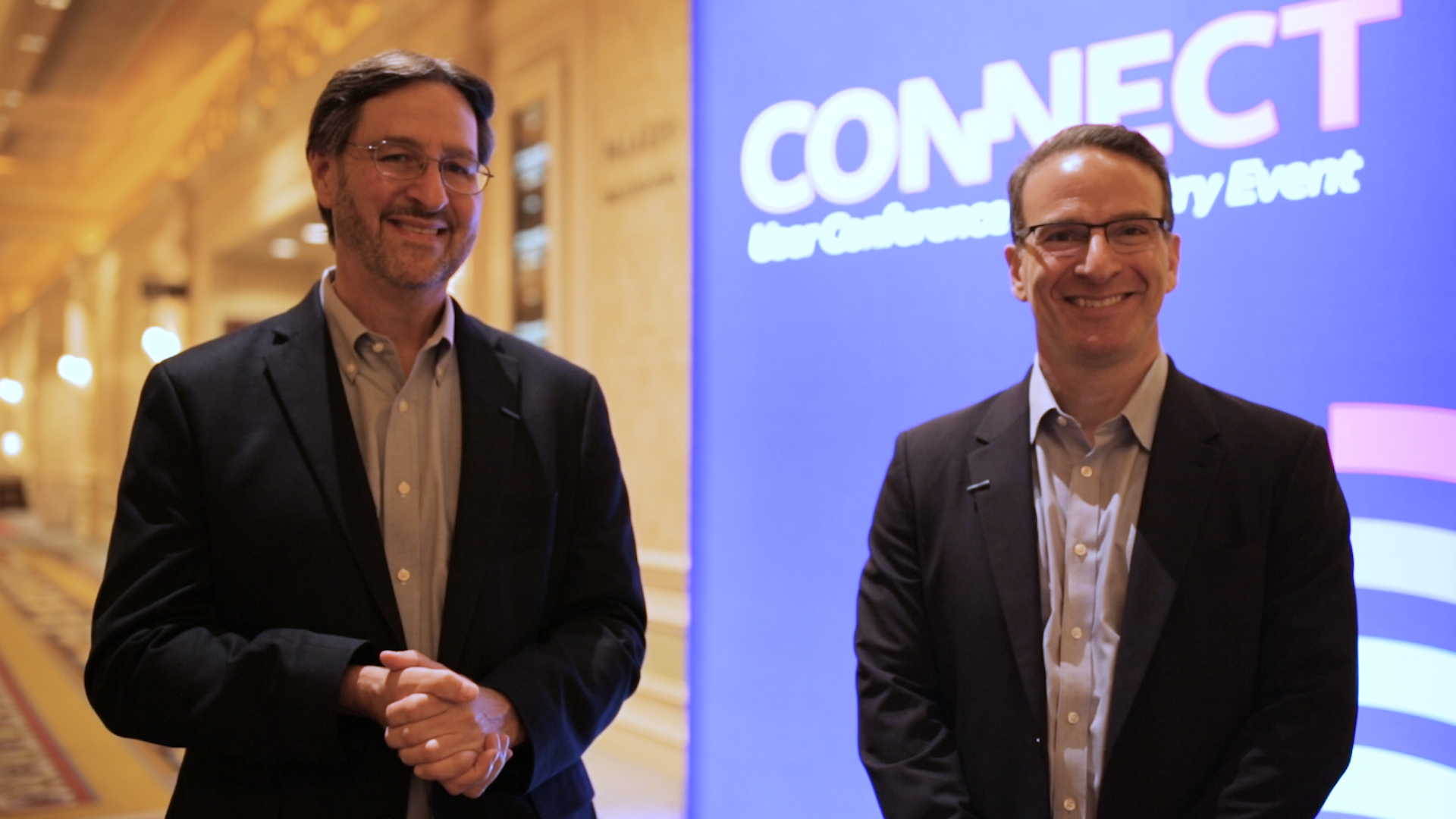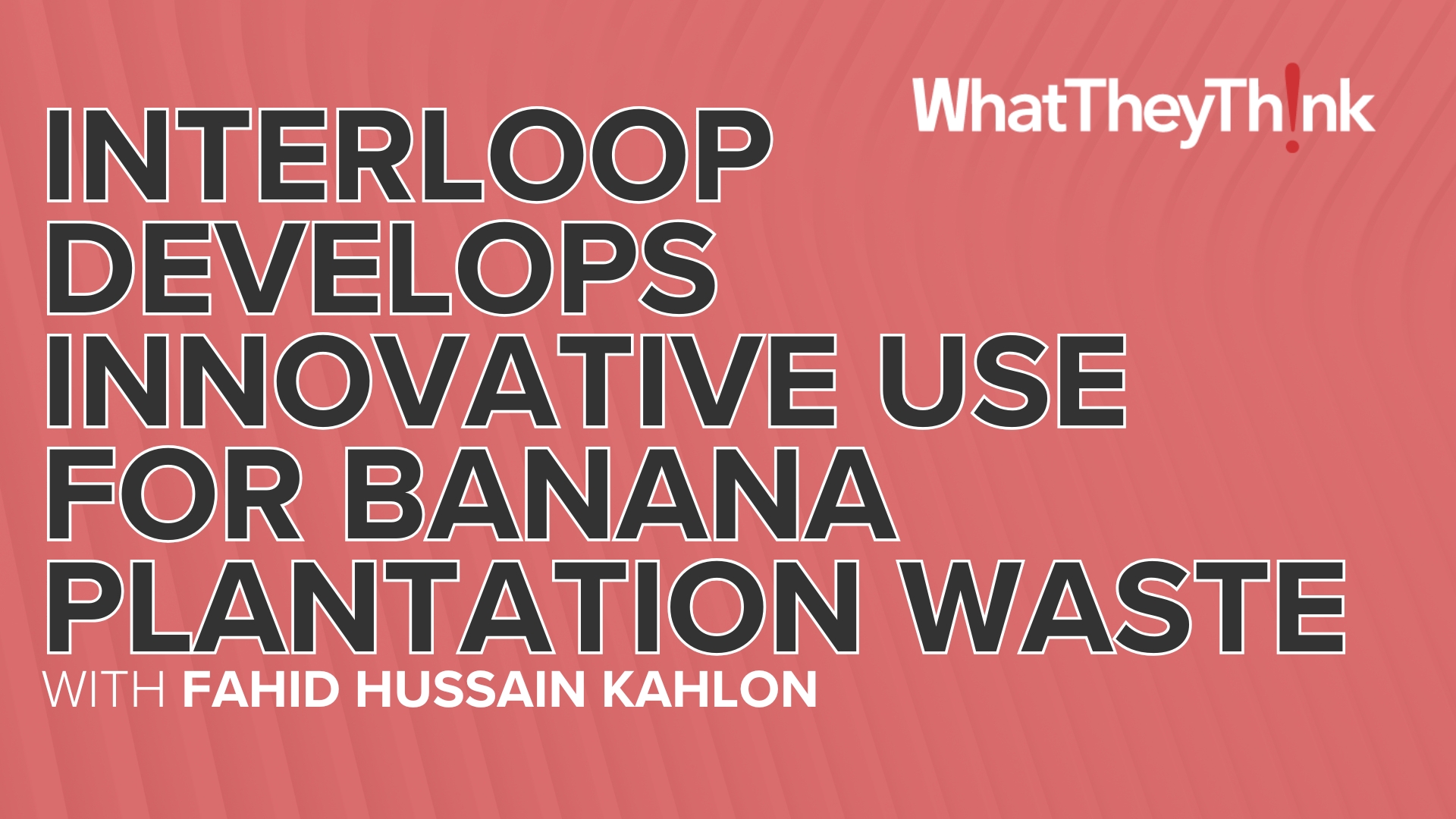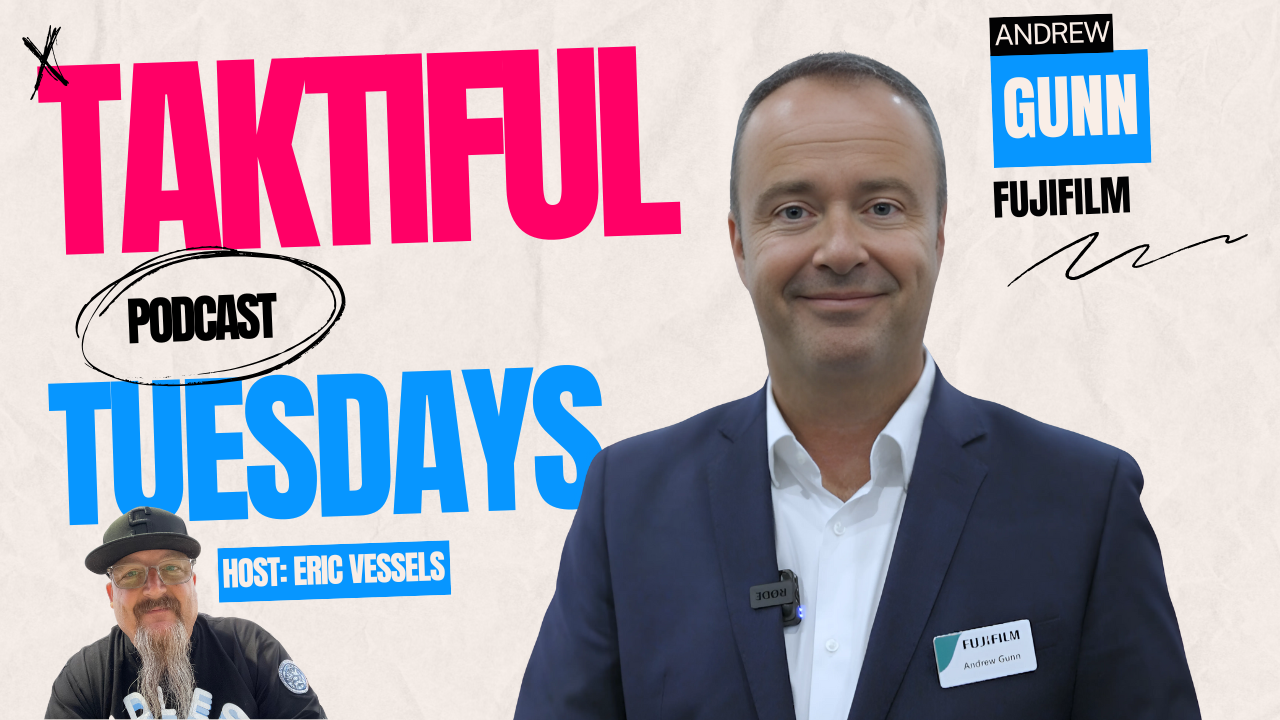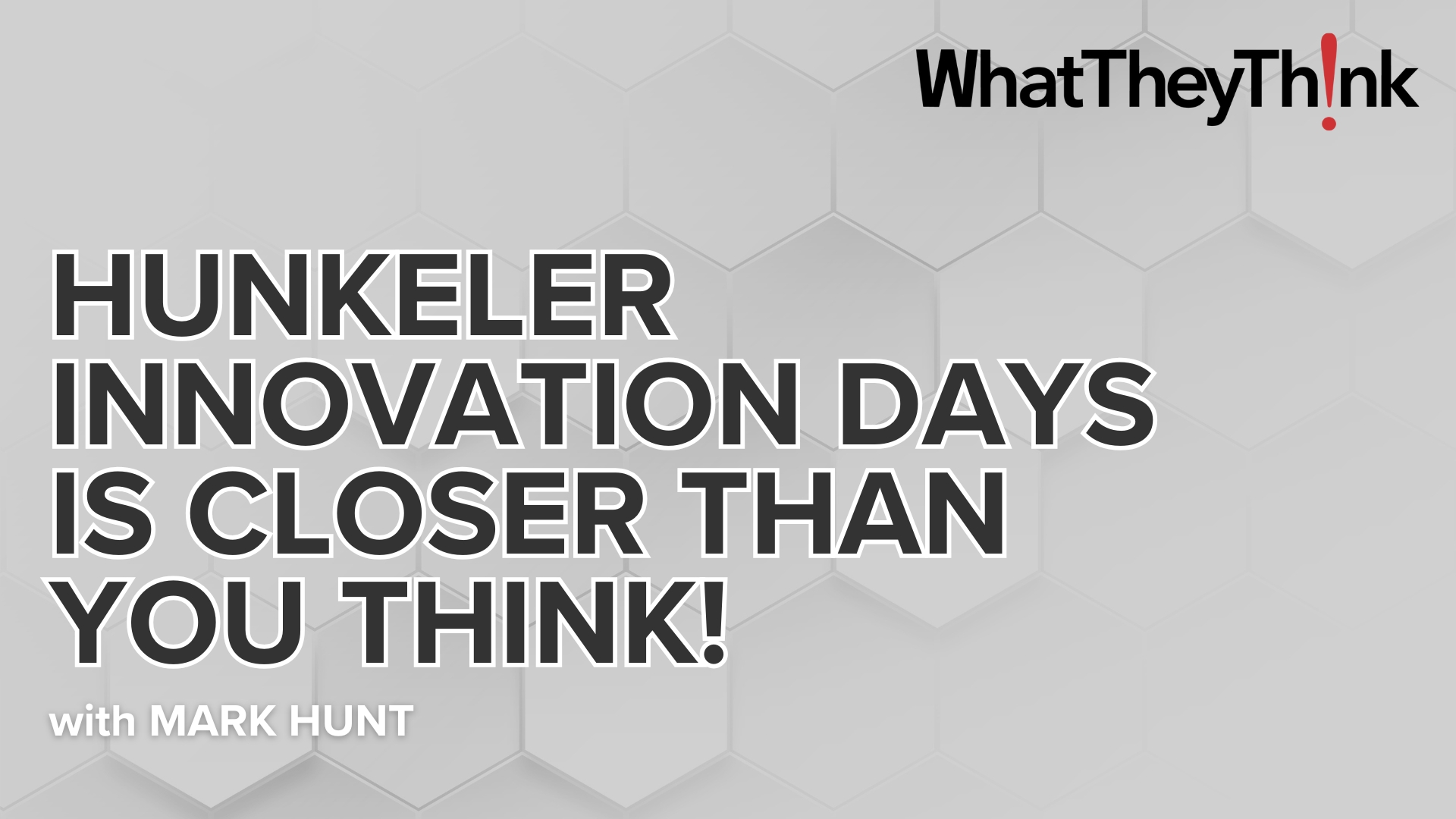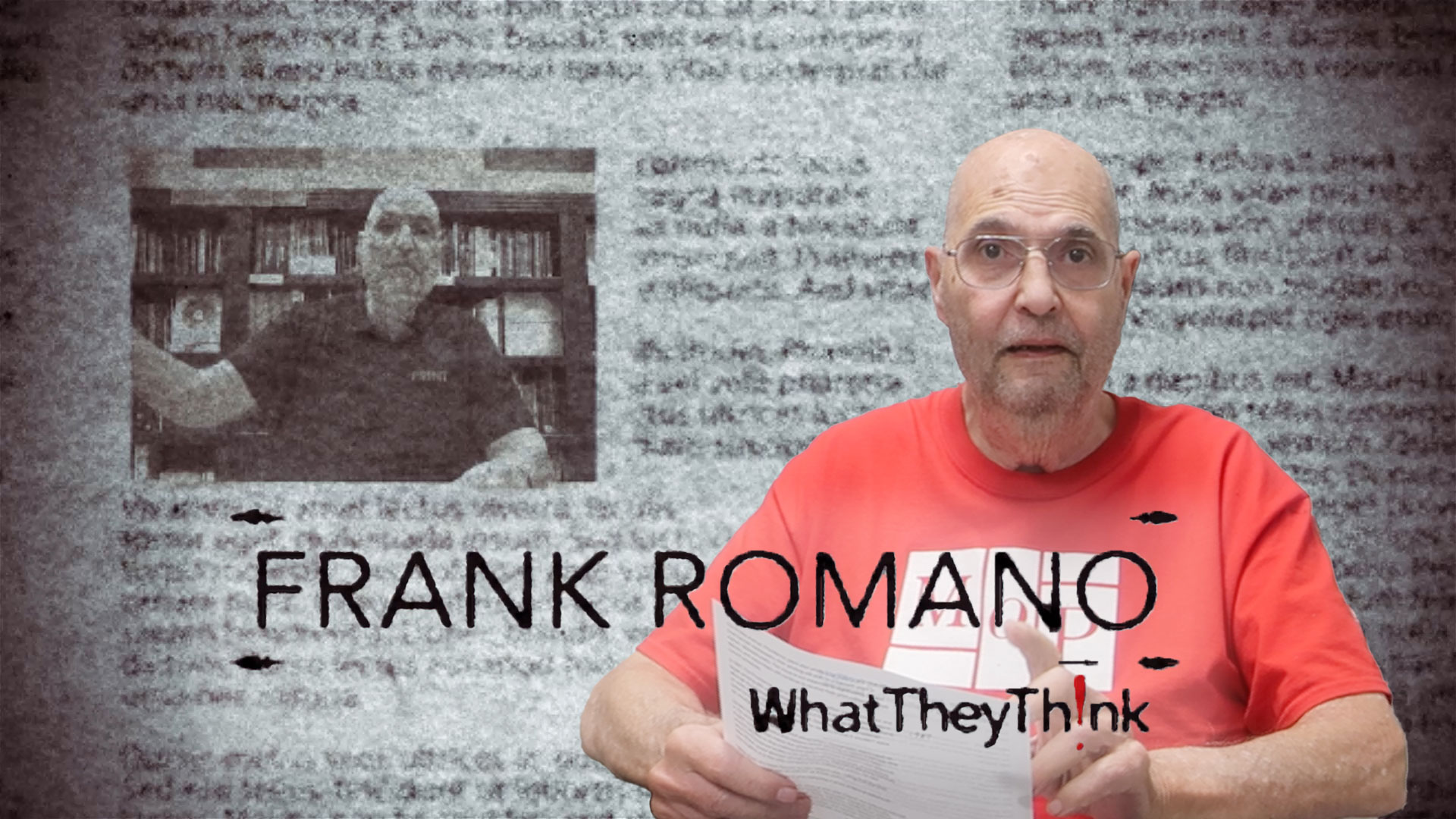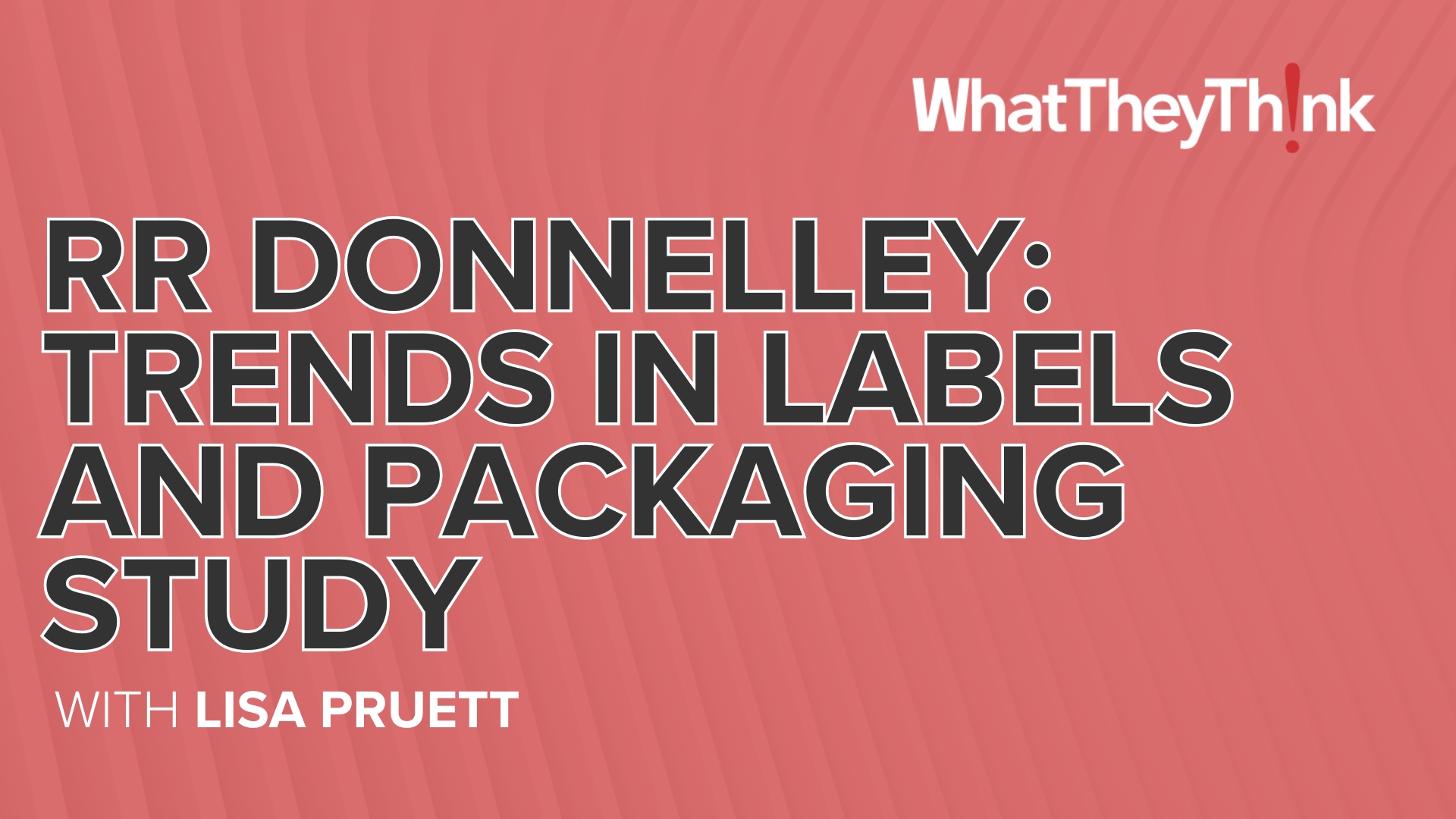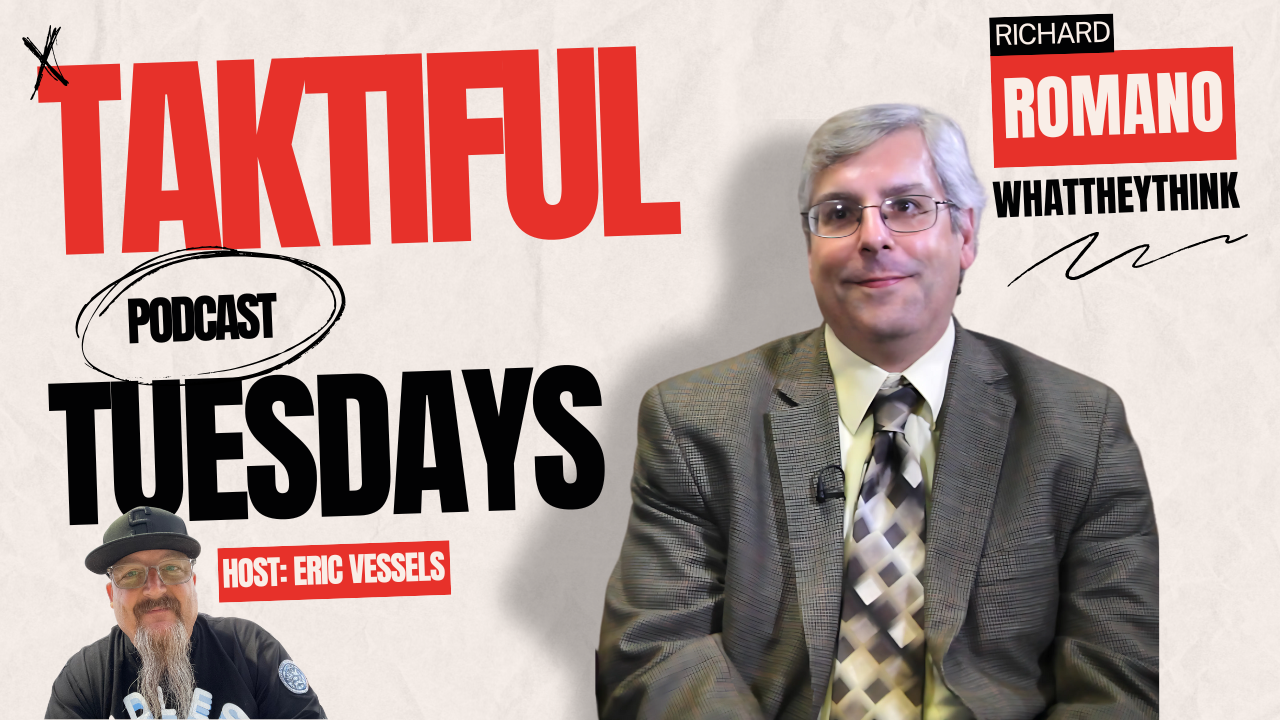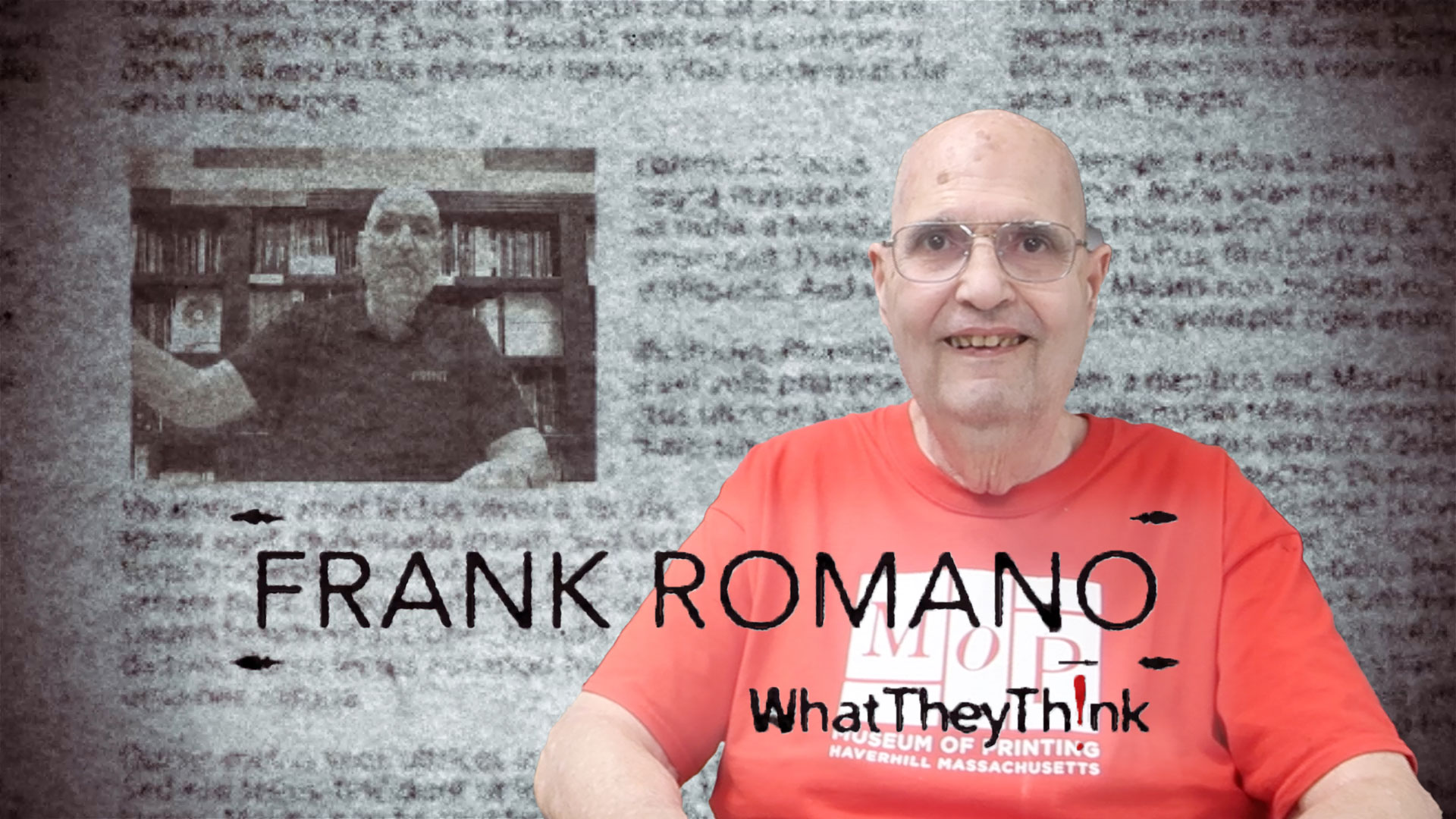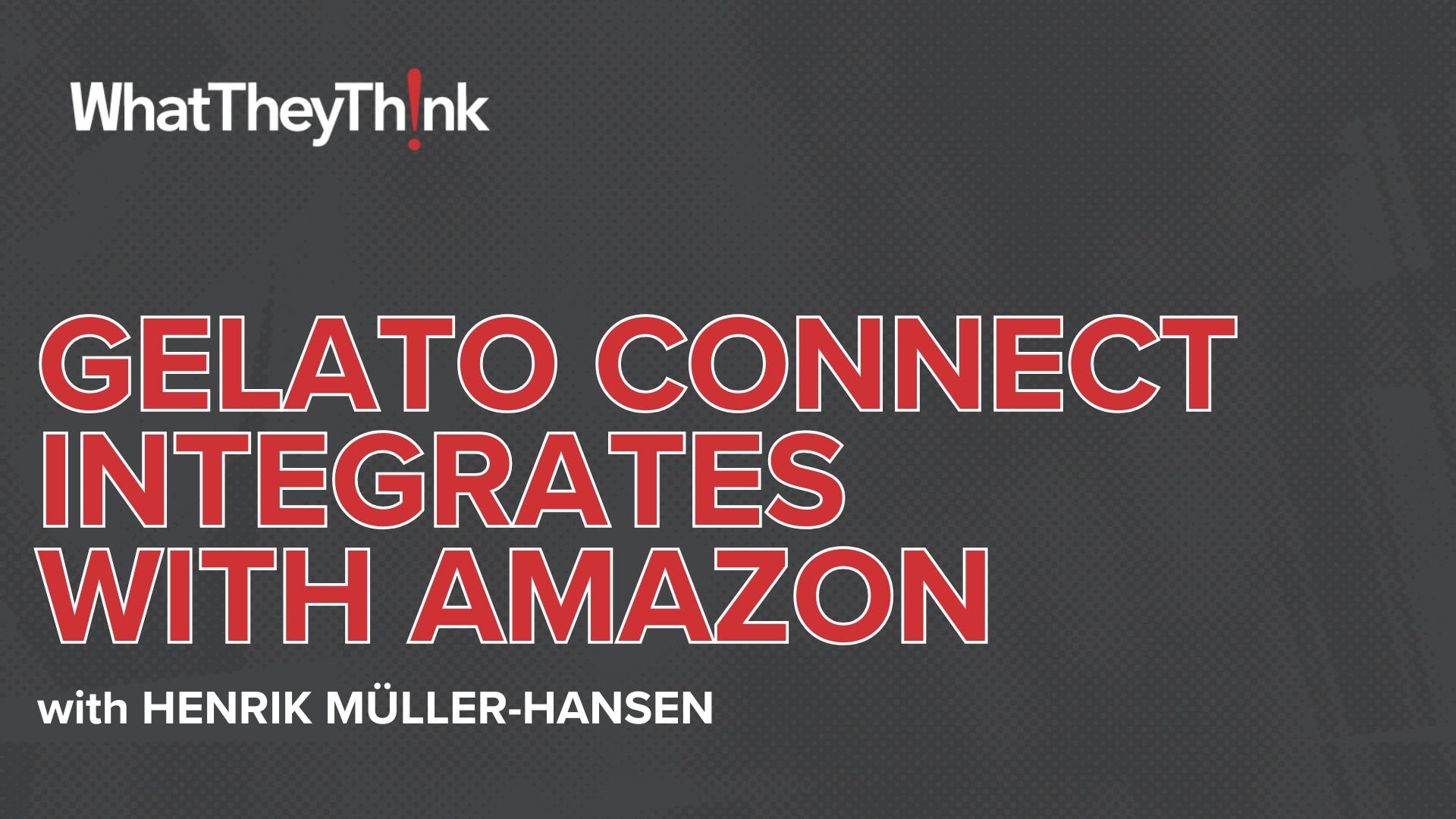The Future of Nostalgia in Packaging
Press release from the issuing company
So much of the packaging industry is focused on the future. But let’s not forget how powerful the past can be. Combining the benefits of both is part of the magic of packaging
As the saying goes, “nostalgia is a hell of a drug.” And, like any drug, nostalgia can have a unique and powerful effect on our brains, emotions, and decision-making. While the packaging industry is rightly focused on the future, harnessing those nostalgic feelings is a way to create value in the present. And packaging is the ideal medium to invoke that sense of nostalgia.
If you think back over the course of your life, packaging probably plays some sort of role in your formative memories. Think of the way you tore open the wrapping paper on the first Christmas morning you can remember. Or the way the smell of a new pair of shoes rushes over you as you open the shoebox lid for the first time. Or the unique colours and branding of your favourite sweets, shared with a childhood best friend.
While packaging itself is rarely the main focus of these experiences, its ability to tap into and remind us of these deeply personal, emotive memories gives it a power that is unique. It’s no surprise, then, that many companies are choosing a ‘back to the future’ approach to packaging, using the past to guide them through the challenges of the present.
The power of the past
The effects of nostalgia on the brain are so potent that, when it was first studied in the 17th and 18th centuries, it was treated as a psychological disorder. Studies show that, when feelings of nostalgia are triggered, the memory and reward systems of the brain light up[1].
At a time when shoppers are bombarded with competing messages at every step of their purchasing journeys, it makes sense why brands are looking to use nostalgia to captivate their consumers.
In recent years, some of the largest brands in the world have redesigned their logos to pay tribute to their heritage. Pepsi and Burger King both rebranded with ‘new’ logos in recent years that consisted of modernised takes on classic designs from years past[2]. Chocolate brand Cadbury’s, meanwhile, went one step further in celebration of its 200th anniversary this year, resurrecting six historical packaging designs of its famous Dairy Milk products. The classic packs were put on shelves alongside the current design, providing consumers with a buffet of nostalgia that included designs from 1915 through to the present day.
This perfectly demonstrates how a touch of nostalgia in packaging design can be used to communicate a brand’s story instantly, intuitively, and wordlessly. By designing a pack to evoke the past, businesses can provide consumers with tangible evidence of their brand’s history and heritage in a far more effective and succinct manner than an ‘About Us’ page on a company website ever could.
The good old days of packaging
Of course, not every brand is fortunate enough to have two centuries of history behind it. However, even upstart young businesses can add a nostalgic flavour to their packaging designs to set themselves apart from the competition.
Studies have shown that nostalgia doesn’t need to tap into real memories to affect us. It turns out our imaginations can be just as vivid as real memories, and an imaginary past can induce that powerful sense of nostalgia.
Using the Cadbury’s pack as an example, the vast majority of consumers are unlikely to have any first-hand experience with the 1915 pack design, which was revised in 1923[3]. However, we can still build a mental picture of what we imagine those times were like, and it’s only natural for part of the brain to yearn for the perceived comfort of ‘the good old days’. Psychologists call this phenomenon ‘anemoia’ – a nostalgic yearning for a past that you never knew. And, due to the way our memories and imaginations are inseparably intertwined, anemoia is every bit as powerful as genuine nostalgia.
At London Packaging Week, we see the way up-and-coming luxury brands compete with iconic heritage brands by tapping into this imagined history using exquisite design techniques. As an example, one of the stars of our sister event Paris Packaging Week last year was PLD Innovation Award winner Tequila Barajas. The luxury spirit is bottled in hand-painted porcelain bottles, continuing a centuries-old Mexican tradition[4] that celebrates the craft and artistry of tequila production. This provides the no-expense-spared sense of luxury that cuts through to its target consumer, leveraging the long history of tequila distilling. This evokes a sense of nostalgia even though the company itself is relatively young – it was founded in 1997.
Logo and font design that evokes the typography and trends of the past, timeless techniques like gold foiling, and the trend towards formats like cartons, cans, and glass bottles instead of plastic packs are all further examples of nods to the past that can be repackaged for today’s consumers.
Keep one eye on the future, and one on the past
Powerful as our mental pictures of the past – real and imaginary - are, nostalgic elements are at their most effective when woven in with modern ideas. Contemporary printing technology can – for example - use innovative tactile varnishes to give packs a rustic, aged look and feel without compromising on the performance of the pack. High-resolution print combined with metallic-effect hot or cold foiling can imitate the delicate hand-painted signage from days gone by – but with machine-like speed and precision. And, RFID technology can be hidden inside labels, unlocking cutting-edge digital features within packaging that looks authentically vintage.
Businesses have the means to combine ancient techniques with scalable technology that is compatible with today’s fast-paced supply chain. This means sustainability has to be considered too, including drawing on the latest innovations in circular materials and design techniques. On our show floor in recent years, we’ve seen show-stopping packaging made entirely from biodegradable or recyclable materials. Metallised materials can use a vapour deposition of aluminium to ensure they can easily be recycled within existing recycling infrastructure. A massive range of water-based barrier coatings can invisibly add a layer of protection to any pack without compromising the aesthetic vision. The possibilities are nearly endless.
It's possible to see all of these innovations gathered together under a single roof at London Packaging Week, held 11 & 12 September at ExCeL London. From heritage brands to upstart newcomers, any company looking to harness the power of nostalgia should also keep one eye on the future – and that future can be experienced at London Packaging Week.
[1] Routledge, Clay. Nostalgia: A Psychological Resource. United Kingdom: Taylor & Francis, 2015.
[2] https://www.creativebloq.com/news/heritage-rebrands
[3] https://www.thepackagingcompany.us/knowledge-sharing/iconic-packaging-cadbury-dairy-milk/
[4] https://www.parispackagingweek.com/en/2024/02/27/pld-innovation-awards-spotlight-tequila-barajas-bottle/
- Questions to ask about inkjet for corrugated packaging
- Can Chinese OEMs challenge Western manufacturers?
- The #1 Question When Selling Inkjet
- Integrator perspective on Konica Minolta printheads
- Surfing the Waves of Inkjet
- Kyocera Nixka talks inkjet integration trends
- B2B Customer Tours
- Keeping Inkjet Tickled Pink
© 2024 WhatTheyThink. All Rights Reserved.

